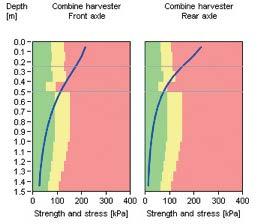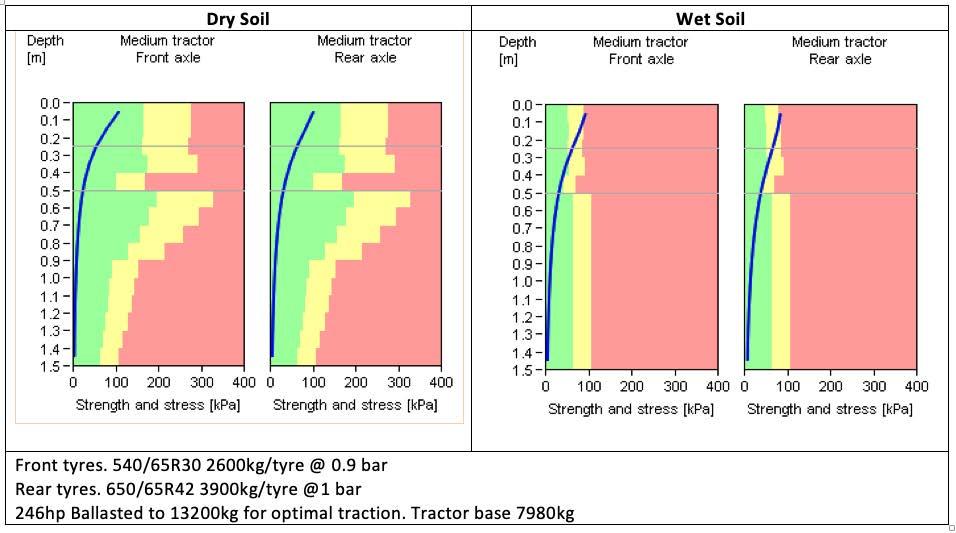
10 minute read
AHDB - Feeling Tired
FEELING TIRED?
If you are serious about reducing soil movement to reduce costs in fuel and labour without reducing yield through compaction what are your options, and how do you ‘dip your toe’ without financial commitment? “Just looking thanks” is the phrase while on a manufactures show stand whilst trying to form your own opinion. How do you do a bit of non-bias research on system change on your farm? AHDB’s Monitor Farm meetings are one way, either on-line or in the future back to face to face meetings. But again how do you build a system for your farm, based on your soil type, your area to be covered and time available to you?
Advertisement
To gain an idea of the size and width of a direct drill whatever design you choose you can look up the AHDB Machinery Calculator and mess with the width, forward speed and field efficiency (time spent actually drilling rather than turning and filling) and come up with a drill width to suit you. If the numbers don’t stack up, up the speed or more hours per day, eventually you will come up with a consensus of what you need.
But as the power needed increases so does the weight of tractor need to pull the drill. Can you assess the level of compaction going in below where your chosen drill is working? Based on the weight on the tyres, soil type and soil moisture, yes you can.
Terranimo is a website where you can select the tractor/implement combination or crop sprayer, combine harvester, beet harvester, Potato harvester, forage harvester for that matter. Select the tyres, calculate the weight on each tyre, select the soil type and soil moisture and calculate the depth of compaction based on the data you have entered. Hey presto you can generate a detailed report on your chosen set up. And, like the machinery calculator, if you don’t like what you see, change the numbers and try again. Nothing ventured and all that. Fig. 2
For the lucky living in Scotland the soils data is already entered, just pick your county and the soil data at 10cm steps to 150cm depth is available. Choose between dry, moist, and wet for your soil water content and choose if you plough and cultivator or not. For those not living in Scotland work is on going to bring England into the fold, but for now your soil type can be entered manually.
Of course, those reading these
Fig. 1
pages will be keen to remind of
Above; Front tyres. 800/70R32 with 7250kg/tyre

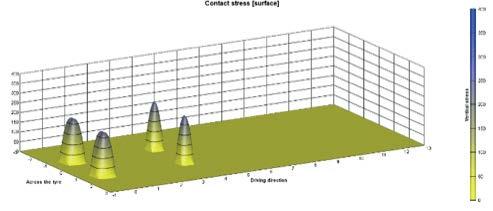
Rear tyres. 540/85R26 with 5000kg/tyre
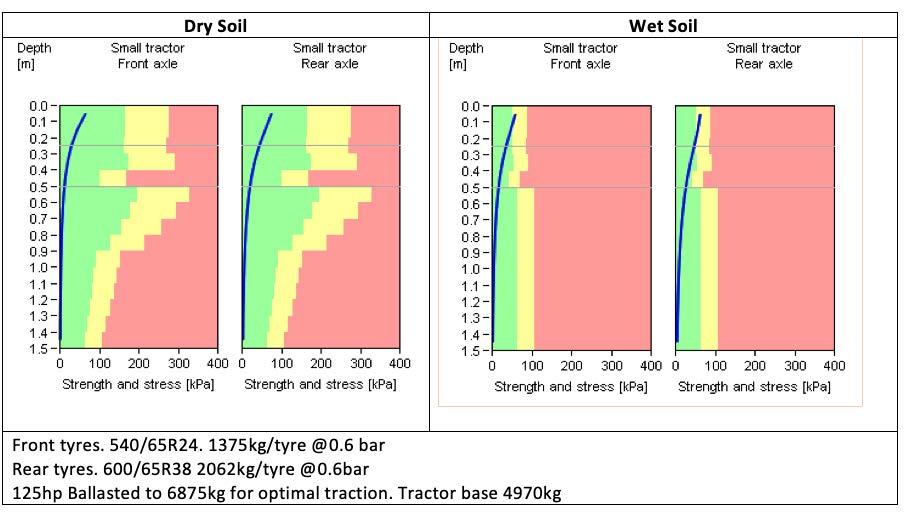
Fig. 2 increased soil organic matter and higher magnesium content in clay soils would help too. But for now, lets keep it simple.
In choosing tyres there are over 800 tyre sizes, brands and designs to go at. Twin track and four track tractors are in there too. But I’m not pretending every brand and combination is achievable and the very latest tyre on the market may not be present.
The website is the work of Aarhus University in Demark and the AHDB have been funding its availability in the UK.
So, looking at a typical 246hp drill tractor (Fig.1), if it is ballasted to achieve full traction then the graphs below represent the soils ability to carry the weight of the tractor on the tyres selected.
The blue line represents the tractors front and rear axles and the boundary between green and yellow corresponds to 75% of the calculated soil strength, and the boundary between yellow and red shows 125% the soil strength. In the wet soil condition graph both front and rear axles reach 125% to a depth of 10cm and compaction is still ‘going in’ at 50cm. In the dry condition graph, the soil is able to support the tractor without undue compaction.
If the same tractor is fitted with wider IF (Increased Flexion) tyres, (Fig.2), then things improve. But it must be stressed that the tractor is fully ballasted for full traction, so its unlikely in the real world to need this level of ballast for drilling.
Looking at a 125hp tractor fitted with the optional wider tyres (Fig.
Try 6 issues!
IDEAS FOR EVERY ARABLE FARMER 11 FACT FILLED PAGES

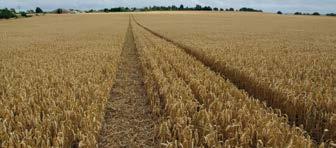

PIC: WHY HE’S MAKING MONEY WITH 710MM TYRES AND LEAVING HIS ROW CROPS IN THE SHED
AUGUST - SEPTEMBER 2020 VOLUME 29 / ISSUE 2 WWW.FARMIDEAS.CO.UK #114
MADE IT MYSELF
We feature some of the most practical, innovative ‘one-of-a-kind’ farmers who show us how they solve problems, save time, work safely.
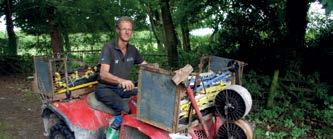
PG 5 Home made fodder beet / potato chopper
Their methods, sometimes very simple, can help many others, from large or small, arable or livestock farm businesses. Here’s a big thank-you to those who have contributed to Practical Farm Ideas and a warm welcome to all who want to join them. Mike Donovan editor@farmideas.co.uk www.farmideas.co.uk
9 PAGE 20 PRACTICAL SHEEP MANAGEMENT ARTICLES INSIDE: 48 PAGES OF THE MOST USEFUL FARMING IDEAS, WITH NO ADVERTISING
FINANCE: FOUR RATIOS THAT CAN SHOW IF YOUR FARM FINANCES MIGHT FACE A REAL CRISIS 770968 0130399 14> £5.00 00_LAYOUT_Aug 20.indd 1 12/08/2020 23:54 MADE IT MYSELF the rotor having the end cut at an angle. Some 110mm round tubing was used as a guard to protect anyone from getting caught in the shaft between the sprocket and the hopper. The tubing sits inside the two bearing housings snuggly and can only be removed when the bearing housing is unbolted. The chain and sprockets are also covered by 2mm sheet made into a box. It’s good to see that user safety was high priority in the design and manufacture of the beet chopper as this can often be overlooked on home builds. If he were building again he would make the legs 1ft longer to give space for a bigger bucket. Followup: Thomas Tiernan, Co. Armagh, Ireland Story from Niall Murphy MADE IT MYSELF DOES YOUR DIGGER HAVE A THUMB? You can call them power clamps, grippers or whatever, and there are commercial ones as well as those from the workshop. They are gaining popularity in the US. Excavator digger buckets are great for digging, but get used for other jobs. Adding a hydraulic thumb allows the excavator to grip objects, making it an indispensable tool for loading brush, logs or debris. Picking up slabs of concrete, awkward stones and so on is made a whole lot easier when it is held in a jaw instead of resting on one side. Digger thumbs fit on the arm in a variety of ways, and much depends on the arm. Some arms already have mountings for a pin on the underside which is in the right place for a thumb to swivel. Most don’t so a bracket will need to be welded on. Likewise at the other end of the arm on which the ram is mounted for the second pin. Added safety Using the back-hoe bucket as a handler rather than a digger is always a temptation and is often done. Things can drop off the bucket and this is when they hit somebody. Holding the item tight increases the speed the work is done, and prevents accidents. Fixed thumbs Users say they certainly make some moves a lot easier, and are a cheaper and easier workshop project. They do of course get in the way when using the bucket, but can be designed to fold away. With no extra hydraulics and less weight on the arm they make a useful halfway house for the farm digger which is not in regular daily use.
• Carries no advertising or paid content • Focuses on time and money saving ideas • The farming optimiser!
Above: Fodder beet chopper has useful hopper size and space Right and far right: In use - the rotor turns anticlockwise with the static cleaners on the right and chopping blades on the spring loaded panel on left
Above left: The Amulet Powerbrute Excavator thumb for 1 - 3 ton machines is low profile when in the storage position and measures 7” wide x 20” long for pin style buckets and is 25” long for quick couplers. The base plate is 4” wide x 31.5” long to weld to the boom. Above centre: The Amulet Powerclamp is built for 5 - 6 ton machines and increases excavator’s versatility. They make the whole machine with high strength steel alloy and heavy duty hydraulic rams and the machine is regularly fitted to machines doing demolition work, and separating recyclables - high duty cycle operations. Above right: A neat way to hold timber for chainsaw work which adds to safety and work effort with the timber never pinching
Made it Myself - Soil+ Cover Cropping Financial Focus - Farm World - Safety
6 PRACTICAL FARM IDEAS AUGUST - NOVEMBER 2020 Far left: Shows the covered drive and sheet metal put around. Also shows the 80 x 80mm ladder frame
Left: Chain drive uses 44 and 10 tooth sprockets
LIKE WHAT YOURE READING? There’s more in our newsletter. Go to farmideas.co.uk
WWW.FARMIDEAS.CO.UK
Followup: www.everythingattachments.com Above left: This fixed thumb hinges on the frame which is bolted to the digger arm, allowing the angle to be altered by changing the position of the pin. It can then fold away using a second hole in the support part of the attachment. Above centre: A small ‘Tom Thumb’ design has a double curve on the gripper blades and fits neatly on the short length digger armAbove right: A more complex design with the ram located on the inside of the clamp arm.
10 PRACTICAL FARM IDEAS AUGUST - NOVEMBER 2020
12/08/2020 23:5400_LAYOUT_Aug 20.indd 10 WWW.FARMIDEAS.CO.UK
00_LAYOUT_Aug 20.indd 6
* Intro Offer - Save £4.20 and pay just £20.00 (includes p+p) for all four issues for 2020/21 plus two extra. Use link on farmideas.co.uk ; editor@farmideas.co.uk or call/txt 07778 877514
12/08/2020 23:54
Offer code DD11
twitter.com/farmideas www.facebook.com/practicalfarmideas
Above; Track system with 8000kg/track

Rear tyres 750/65R26 with 5000kg/tyre

Getting the right balance between tractor weight and tyres will make more of the tractor and your soil.
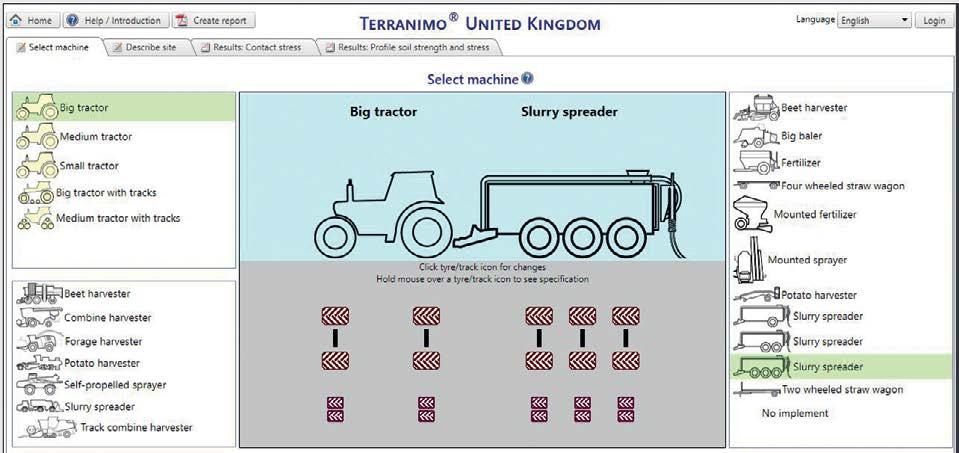
3) shows similar characteristics to the 246hp tractor on IF tyres and of course this is fully ballasted, worst case scenario. Removing the ballast, sheds almost 30% off the tractors weight.
Choosing whether to go with tracks or a wheeled machine for your next combine? The Contact Stress function can point out the peak pressures from wheeled or tracked combines. Below is a typical large wheeled combine with 9-metre header fitted. With both grain tank and fuel tank full the front axle comes to 14500kg with 10000kg on the rear axle. Note the rear axle in this case is exerting more stress on the soil the front axle.
The same combine with the track option fitted show a marked improvement in soil stress, the front and rear rollers with two centre idlers exerting the peak pressures. This combine is also fitted with much larger rear tyres but still exert more stress than the track unit.
Both combine calculations here used Dry Soil. But of course, this is not always available. Just as an illustration we have sent our fully leaden wheeled combine into wet, clay soil conditions. As you can see below the front axle did not find soil able to support its weight until at 50cm depth and the rear axle is little better. Yes, the combine is stuck. And if this where real, que the social media fest.
Obviously, the examples I have shown here, while real, are not likely to be what you need. So, get the kettle on, forget Strictly goes Dancing and have a go at calculating the right tyres, power, indeed farming system
Scan the QR code for more information
A comprehensive calculation with a myriad of combinations will bring you the best solution for you capacity and location.
for your future.
